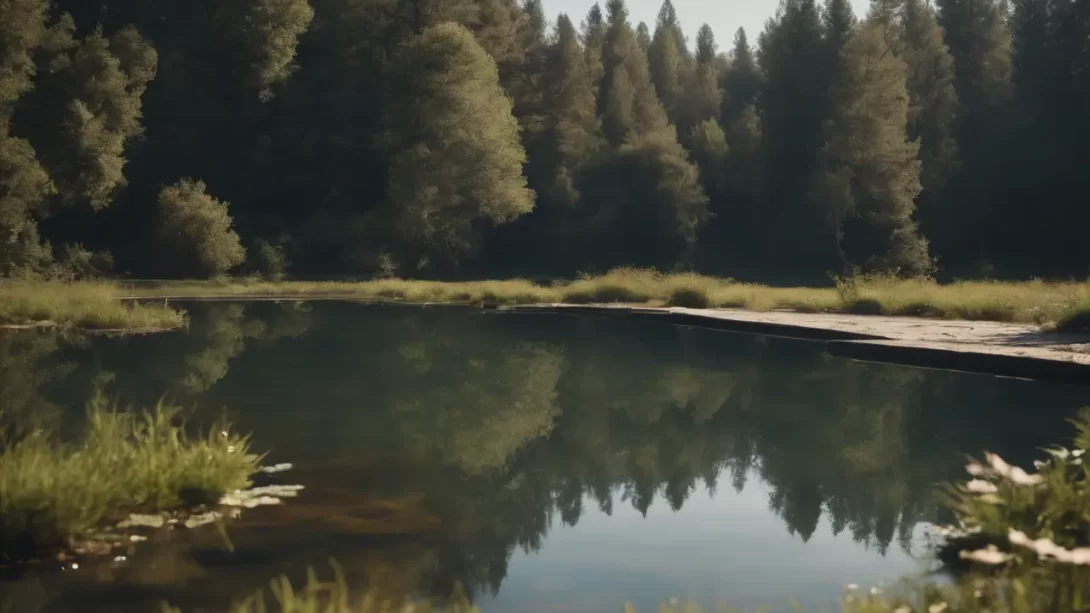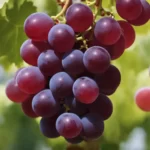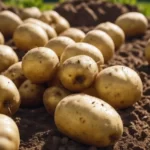Draining a pond, whether for maintenance, cleaning, or ecological management, is a significant undertaking that requires careful planning and execution. It’s a task that not only affects the pond itself but also the surrounding environment and the wildlife it supports. This guide aims to provide a detailed, step-by-step approach to draining a pond in a manner that is safe, efficient, and minimizes ecological impact.
Assessing the Need for Draining
Before proceeding with draining your pond, it’s crucial to understand why and when such an action is necessary:
- Maintenance and Cleaning: Over time, ponds can accumulate debris and sludge that affect water quality and aesthetics.
- Relocation of Wildlife: Sometimes, draining is required for the relocation of aquatic life or to control invasive species.
- Environmental Impact: Consider how draining will impact the pond’s ecosystem. It’s often advisable to consult with local environmental authorities, especially for larger ponds, to ensure compliance with regulations and best practices.
Planning and Preparation
A well-thought-out plan is essential for a successful pond draining:
- Developing a Plan: Outline the steps, timeline, and goals of the draining process. Consider the size of the pond and the scope of work required after draining.
- Gathering Equipment: You’ll need equipment such as submersible pumps, hoses, and possibly water containers. The size and capacity of the pump should match the volume of your pond.
- Aquatic Life Considerations: Plan for the safe removal and temporary housing of fish and other aquatic organisms. This may involve setting up holding tanks or finding suitable relocation spots.
- Notifying Neighbors: If you have neighbors nearby, inform them of your plan, especially if the pond draining could impact their property.
Step-by-Step Process to Drain a Pond
Draining a pond requires a methodical approach to ensure both the safety of aquatic life and the effectiveness of the operation:
Step 1: Removing Aquatic Life
- Carefully and humanely remove fish and other aquatic animals. Use nets or suitable containers for transportation.
- Ensure that their temporary habitat mimics the conditions of the pond as closely as possible, including temperature, pH level, and oxygenation.
Step 2: Choosing the Appropriate Pump
- Select a pump that is capable of handling the volume of your pond. The pumping rate should be appropriate for the size of the pond to avoid draining it too quickly, which can be harmful to the remaining ecosystem.
Step 3: Positioning the Pump and Hoses
- Place the pump at the deepest part of the pond. Ensure the discharge hose is directed to an area where it won’t cause erosion or flooding.
- Consider local regulations regarding the disposal of pond water, especially if it contains fish waste or chemicals.
Step 4: Monitoring the Water Level
- As the water level decreases, adjust the position of the pump to continue draining effectively.
- Regularly check for any wildlife that may become exposed as the water recedes, and relocate them as needed.
Step 5: Handling Sludge and Debris
- Once the water level is low, begin removing sludge and debris from the bottom of the pond. This can be done manually or with specialized equipment for larger ponds.
Environmental Considerations
Draining a pond can have significant impacts on the local environment, which must be carefully managed:
- Water Disposal: Ensure that the drained water does not negatively impact local waterways or drainage systems. The water should be free of harmful chemicals and pollutants.
- Erosion Control: The flow of water should be controlled to prevent erosion in and around the discharge area.
- Vegetation Preservation: Take care not to damage surrounding vegetation during the draining process. This vegetation can be crucial for the local ecosystem.
Post-Draining Actions
Once the pond is successfully drained, the following steps are essential to complete the process:
Cleaning and Maintenance
- Remove any remaining debris, sludge, and vegetation from the bottom and sides of the pond. This is crucial for maintaining water quality and aesthetics.
- Inspect the pond liner (if present) for any damage or wear. Repair or replace parts as necessary.
- Use this opportunity to make any desired modifications to the pond structure, such as adjusting the depth, reshaping, or adding new features like rocks or waterfalls.
Restoring the Pond
- Before refilling the pond, ensure that all maintenance tasks are completed, and the environment is conducive to supporting aquatic life.
- Refill the pond gradually, monitoring water quality parameters such as pH, temperature, and clarity. The water source used for refilling should be clean and free from contaminants.
Reintroducing Aquatic Life
- Once the pond is refilled and the water conditions are stabilized, you can begin reintroducing the aquatic life.
- Acclimatize the fish and other organisms to the new water conditions slowly to reduce shock.
- Monitor the health of the aquatic life closely in the days following their reintroduction.
Maintenance and Safety Considerations
Regular maintenance is key to the long-term health of your pond:
- Implement a routine cleaning schedule to prevent the buildup of sludge and debris.
- Regularly check and maintain the pond equipment, such as pumps and filters.
- Monitor water quality regularly to ensure a healthy ecosystem.
Conclusion
Draining a pond can be a demanding task but is sometimes necessary for the health and longevity of your aquatic environment. By following the steps outlined in this guide, you can ensure that the process is carried out efficiently and with minimal ecological impact. Remember, regular maintenance and monitoring are crucial to avoid the need for frequent complete draining. With proper care, your pond will continue to be a beautiful and vibrant part of your landscape.




